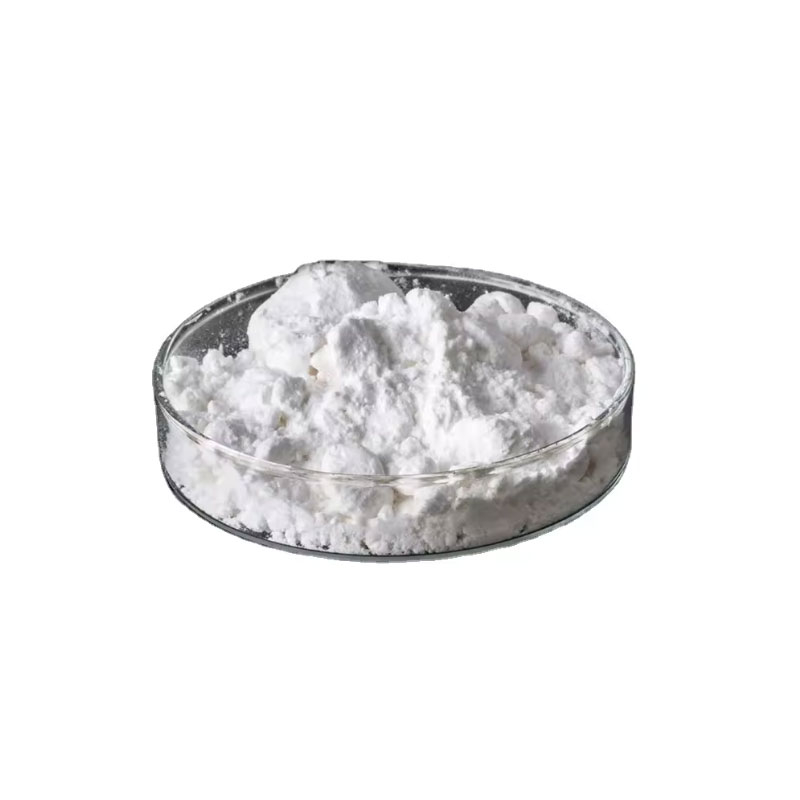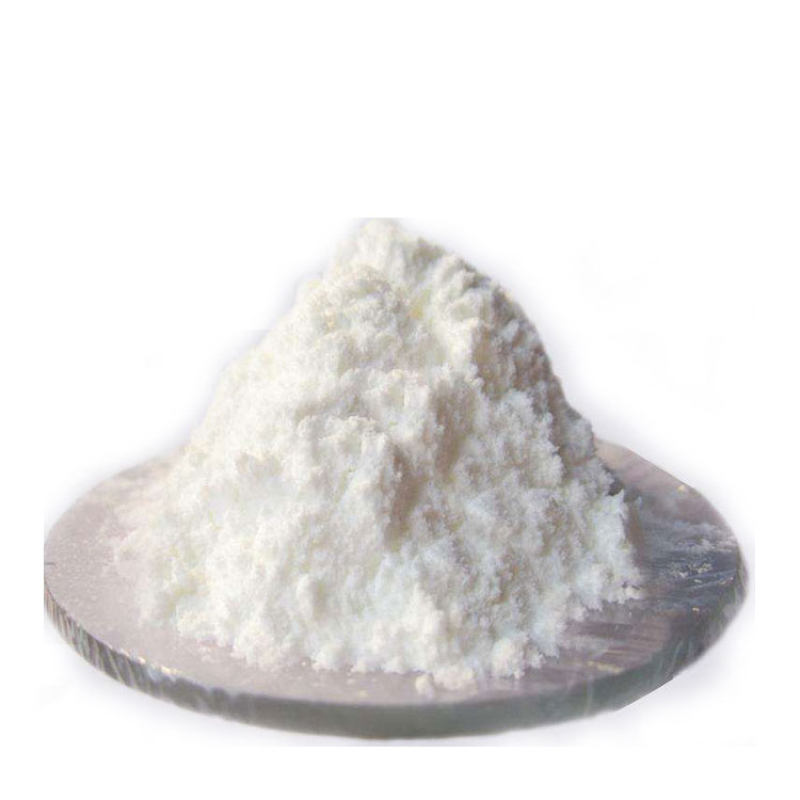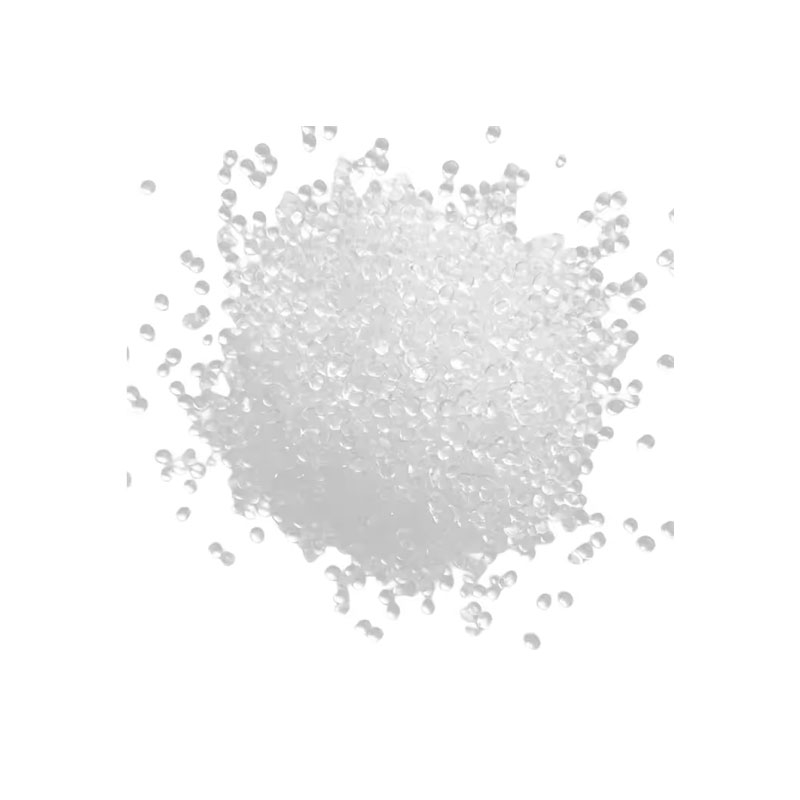Products Description of Silica gelCAS#112926-00-8Silicone gel is a type of low cross-link density silicone rubber without fillers. Silicone gel is different from ordinary silicone rubber elastomers. It has a transparent or translucent gel appearance, very low mechanical strength, and its hardness is difficult to measure. Its physical strength is generally characterized by needle penetration.
Contact Now
Fumed Silica CAS#112945-52-5Synthetic Amorphous Silica has interesting thickening and thixotropic properties, and an enormous external surface area. It is produced by a vapor phase hydrolysis process using chlorosilanes or substituted silanes such as, silicon tetrachloride in a flame of hydrogen and oxygen. This material is formed and collected in a dry state.
Contact Now
Products Description of SILICA CAS#10279-57-9Used as filler for paints and coatings, rubber reinforcing agent, plastic tackifier and thixotropic agent, thickener for synthetic grease and silicone greaseSILICA Chemical PropertiesMelting point 1610 °C(lit.)Boiling point >100 °C(lit.)density 2.6 g/mL at 25 °C(lit.)refractive index n20/D 1.544(lit.)storage temp. no restrictions.form tablets (~0.5 g each)Water Solubility Insoluble in water.Exposure limitsNIOSH: IDLH 3000 mg/m3; TWA 6 mg/m3EPA Substance Registry SystemSilica, h
Contact Now
Products Description of Poly(dimethylsiloxane)CAS#9016-00-6Depending on the relative molecular mass, the appearance of polydimethylsiloxane ranges from colorless and transparent volatile liquid to extremely high viscosity liquid or silica gel. It has physiological inertness, good chemical stability, electrical insulation and weather resistance, a wide viscosity range, a low freezing point, a high flash point, good hydrophobicity, and high shear resistance. It can be used for a long time at a temperature of 50 to 180°C.
Contact Now
Products Description of Trimethoxymethane CAS#149-73-5Trimethyl orthoformate is used as a protecting group for aldehydes in organic synthesis, as an additive in polyurethane coatings, and as a dehydrating agent in the preparation of surface-modified colloidal silica nanoparticles. It is also used as a chemical intermediate in the preparation of vitamin B1 and sulfonamide drugs.
Contact Now
Products Description of LITHIUM METASILICATE CAS#10102-24-6Lithium silicate is a kind of water-soluble silicate. It is an odorless, tasteless transparent liquid. It is soluble in water and alkaline solutions, but insoluble in alcohols and organic solvents. Since the radius of lithium ions is much smaller than that of sodium and potassium ions, lithium silicate aqueous solution has some unique properties. It reacts chemically with acid like sodium water glass to form dioxide gel.
Contact Now
Silicone oil CAS#63148-62-9Silicone oil having a silica structure and is liquid at room temperature and is called as siloxane, referred as silicone oils. The simplest polydimethylsiloxane is as formula [1]. In [2], if the R, R1, R2 are all methyl groups, it is called α, ω-trimethylsilyloxy polydimethylsiloxane, that’s the commonly called silicone oil. It is a linear polymer of a low molecular weight. If R1 and R2 are not a methyl group, then it is not related to this article. Silicone oil is a colorless or light yellow transparent liquid and is odorless and tasteless.
Contact Now
Products Description of Cupric oxide CAS#20427-59-2Chemical formula Cu(OH)2. Molecular weight 97.56. Blue to blue-green gel or light blue crystalline powder, toxic. Relative density 3.37. Color darkens at 60-80℃. Insoluble in cold water, decomposes into copper oxide in hot water, dissolves in acid to form divalent copper salt, dissolves in excess concentrated alkali to form tetrahydroxy cuprate, dissolves in concentrated ammonia or potassium cyanide solution to form dark blue tetraamminecopper(II) dihydroxide solution or colorless potassium tetracyanocuprate(II) solution.
Contact Now
Products Description of Poly(ethylene glycol) dimethacrylateCAS#25852-47-5 Used in food, medical and health gel materials, etc.Poly(ethylene glycol) dimethacrylate Chemical PropertiesBoiling point >200 °C2 mm Hg(lit.)density 1.11 g/mL at 25 °Crefractive index n20/D 1.467Fp >230 °Fstorage temp. 2-8°Csolubility H2O: solubleform Granular Solidcolor White to off-whiteWater Solubility Soluble in water.Sensitive Moisture & Light SensitiveStability:Stable.
Contact Now
Products Description of N,N-Di-Sec-Butyl-P-Phenylenediamine CAS#101-96-2N,N-di-sec-butyl-p-phenylenediamine is a brown-red liquid. It is an amine antioxidant with excellent properties. It is especially suitable for use as an additive for cracking or thermal cracking gasoline (gasoline with high olefin content). It can effectively prevent olefin oxidation. Produce gel.
Contact Now
Products Description of 1,3-Dihydroxyacetone CAS#96-26-4Dihydroxyacetone is a naturally occurring ketose that is biodegradable, edible and non-toxic to the human body and the environment.
Contact Now
2-Ethylhexyl Nitrate CAS#27247-96-7Mainly used as cetane number improver for diesel fuel. Adding an appropriate amount of 2-ethylhexyl nitrate to diesel can significantly increase the cetane number of diesel and improve the combustion performance of diesel.
Contact Now
Methylcyclopentadienyl Manganese Tricarbonyl CAS# 12108-13-3Manganese, tricarbonyl methylcyclopentadienyl is a dark orange liquid. Faintly pleasant, herb-like odor. Molecular weight= 218.10;Boiling point=232℃; Freezing/Melting point=18℃; Flash point=74℃; 96℃. Hazard Identification (based on NFPA-704 M Rating System): Health 3, Flammability 0, Reactivity 0.
Contact Now
Citric Acid Usp CAS#77-92-9At our company, we pride ourselves on offering the highest quality Citric Acid USP (CAS#77-92-9), a versatile organic acid that is widely recognized for its multifaceted applications across various industries.
Contact Now
Products Description of Ethyl Chloroacetate CAS#105-39-5Ethyl chloroacetate is an organic compound, mainly used as a solvent and can also be used in organic synthesis.Ethyl chloroacetate Chemical PropertiesMelting point -26 °C (lit.)Boiling point 143 °C (lit.)density 1.145 g/mL at 25 °C (lit.)vapor density 4.23 (vs air)vapor pressure 10 mm Hg ( 38 °C)refractive index n20/D 1.421(lit.)Fp 150 °Fstorage temp. Store below +30°C.solubility 12.3g/lform Liquidcolor Clear colorlessOdorExtremely irritating; fruity; pungentexplosive l
Contact Now
Products Description of Sodium Oleate CAS#143-19-1Sodium oleate, also known as sodium octadecenoate, cis-9-octadecenol, oleyl alcohol, cis-9-octadecenol, (Z)-octadecenol, olive oil alcohol, cis-9-octadecen-1-ol, 9-n-octadecenol, octadecenol. It is an organic oil with the chemical formula C17H33CO2Na. Sodium oleate is the main component of soap made from olive oil and tallow soap. It can also be made by reacting sodium hydroxide with oleic acid. It is a compound composed of a hydrophobic group and a hydrophilic group.
Contact Now
Products Description of Chlorpropham CAS#101-21-3Chlorofen, also known as clopfen, is an organic compound with the chemical formula C10H12ClNO2. It is a light brown crystalline powder and is insoluble in water. It is a plant growth regulator and herbicide that can effectively control wheat, corn, and alfalfa.
Contact Now
Heptane CAS# 142-82-5N-Heptane is a flammable liquid, current in crude oil and extensively used in the auto- cell industry. For example, as a solvent, as a fuel knock trying out standard, as automobile starter fl uid, and paraffi nic naphtha. n-Heptane motives unfavourable fitness results in occupational workers, such as CNS depression, skin irritation, and pain.
Contact Now
Products Description of Ethoxyquin CAS#91-53-2Ethoxyquin is abbreviated as EQ or EMQ, also known as ethoxyquin, and its trade names are Sandoquin, Sandoquin, Hupiling, and Ethoxyquin. A yellow to tan viscous liquid with a special odor. Insoluble in water, soluble in benzene, gasoline, ether, alcohol, carbon tetrachloride, acetone and alkyl dichloride Chemicalbook. It is easy to oxidize under natural light. When exposed to air and oxygen, the color becomes dark brown and the viscosity increases. It should be stored in an airtight container away from light.
Contact Now
Products Description of Phenol CAS#108-95-2Phenol, with the chemical formula 𝐶6𝐻5𝑂𝐻C6H6O, is a white crystalline substance known for its versatility and reactivity due to the hydroxyl group attached to the benzene ring. It serves as a key precursor in the synthesis of pharmaceuticals, including aspirin, and is integral to the production of resins, plastics, and synthetic fibers like nylon. Phenol's historical use as a disinfectant highlights its ability to denature proteins and disrupt cell membranes. It also plays a role in the detergent industry and analytical chemistry.
Contact Now
Phenol CAS# 108-95-2 Phenol is the easiest member of a classification of natural compounds possessing a hydroxyl team connected to a benzene ring or to a extra complicated fragrant ring system.Also recognized as carbolic acid or monohydroxybenzene, phenol is a colorless to white crystalline fabric of candy odor, having the composition C6H5OH, bought from the distillation of coal tar and as a derivative of coke ovens.Phenol has extensive biocidal properties, an
Contact Now
4,4'-Methylenebis(N,N-diglycidylaniline) Chemical PropertiesBoiling point 619.3±35.0 °C(Predicted)density 1.15 g/mL at 25 °C(lit.)vapor pressure 0Pa at 24.85℃refractive index n20/D 1.601(lit.)Fp >230 °Fform clear liquidpka4.58±0.50(Predicted)color Light yellow to BrownWater Solubility 9.2mg/L at 20℃LogP2.12 at 22℃EPA Substance Registry SystemOxiranemethanamine, N,N'-(methylenedi-4,1-phenylene)bis[N-(oxiranylmethyl)- (28768-32-3)Safety InformationHazard Codes Xi,NRisk Statements 43-51/53Safety Statements
Contact Now
Products Description of 1-N',6-N'-dibenzoylhexanedihydrazide CAS#35658-33-4Colorless liquid1-N',6-N'-dibenzoylhexanedihydrazide Chemical PropertiesBoiling point 737.4±56.0 °C(Predicted)density 1.237±0.06 g/cm3(Predicted)pka10.67±0.23(Predicted)Factory and Equipment ShowFast delivery timeInventory 2-3 working days New production 7-10 working days
Contact Now
N,N-Dimethylaniline CAS#121-69-7N,N-Dimethylaniline is a mild yellow to mild brown oily liquid. Has a pungent odor. Soluble in ethanol, chloroform, ether and fragrant natural solvents, barely soluble in water.It is a tertiary amine used in the synthesis of various triarylmethane dyes like malachite green.
Contact Now

































